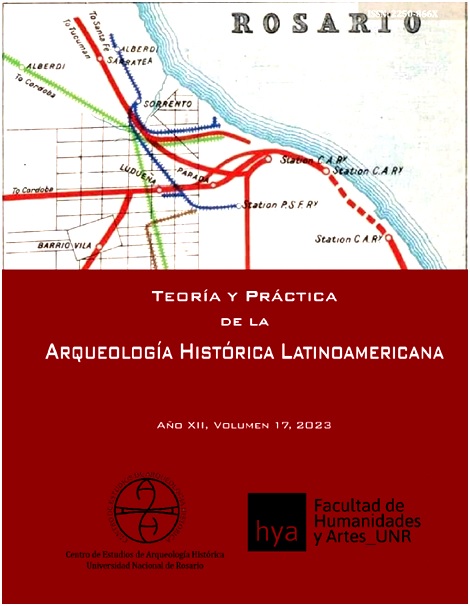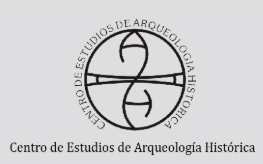Analysis of the historical migratory processes of the Ventania area through its funerary heritage
DOI:
https://doi.org/10.35305/tpahl.v17i1.204Keywords:
Migration, Set, Funerary heritage;, Community, IdentityAbstract
Research in the funerary field exposes the customs, ways of life and the processes of sociocultural change of a community through the study of the material and immaterial testimony of other times. The objective of this work is to analyze the migration and settlement processes of the Ventania Serrano System and its adjacent plain, in the southwest of the province of Buenos Aires; through the analysis of the funerary heritage of the late 19th century from a case study perspective. The study of mortuary practices and their connection with regional migration processes is developed through the examination of evidence from the cemeteries of the communities in the area, which provide information about the military occupation in a first stage (e.g. Puan and Carhué), and then provides data on the settlement of the civilian population belonging to various origins (Creoles and Europeans). This historical tour is necessary to value the cemetery as a source of socio-cultural information about the community it belongs to and the settlement processes of the area. From a perspective of the archeology of death and heritage studies, this work reflects on funerary monuments as spaces of memory where identities are built and re-actualized, which allow us to glimpse a particular historical moment and contextualize the corresponding socio-cultural processes. to the society of the late 19th century and early 20th century, while making it possible to analyze the migratory processes involved in the current identity construction.
Downloads

Downloads
Published
How to Cite
Issue
Section
License
Copyright (c) 2023 Teoría y Práctica de la Arqueología Histórica Latinoamericana

This work is licensed under a Creative Commons Attribution-NonCommercial-ShareAlike 4.0 International License.






